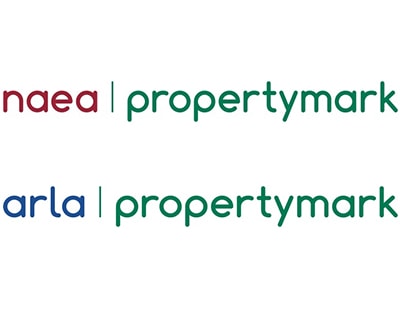Propertymark has studied its sales and lettings data to reveal trends from the year, with the findings revealing that first-time buyer sales are down and more landlords are choosing to exit the market.
The 2018 property market analysis, taken from figures provided by NAEA and ARLA Propertymark, offered overviews of the housing market and the private rented sector respectively.
According to NAEA Propertymark’s data, demand has been lower over the course of 2018 than it was last year, with an average of 324 house buyers registered per branch. That’s in comparison to 366 on average throughout 2017.
It’s still up considerably on 10 years ago, when the global financial crisis was raging and only 222 buyers were registered per branch. The number of buyers per branch has, in percentage terms, increased by 31% since 2008.
The availability of properties to buy hasn’t changed dramatically year-on-year, with 38 homes available per branch throughout 2017 and 39 in 2018. This hit a two-year high with an average of 46 homes to buy in September.
Supply, however, has fallen significantly over the last decade, down from 89 on average per branch in 2008.
The findings also showed that the number of sales agreed per branch throughout the year fell slightly in 2018, down from nine on average per month in 2017 to eight this year. On a historical basis, this figure has remained fairly steady, only moving between 12 and seven from 2008 to now.
Although first-time buyers benefitted from stamp duty relief in 2018 – with nearly all first-time purchasers now exempt from paying any stamp duty as a result of a change made at the 2017 Budget - the proportion of total sales made to this group dropped by one percentage point year-on-year, down from 26% on average in 2017 to 25% in 2018.
Mark Hayward, chief executive of NAEA Propertymark, said 2018 had been a busy year for the property market, with the government launching several consultations to address important issues – ‘most notably to regulate the sector, improve the buying and selling process, and address the issue of leaseholds’.
“The housing market has notably slowed, particularly over the last couple of months, which could be a by-product of Brexit uncertainty, as buyers hold off on purchases until the outcome is clear,” he added.
Elsewhere, ARLA Propertymark’s analysis of the private rented sector found that the supply of rental accommodation has dropped slightly in 2018, down from 189 on average per branch in 2017 to 187 this year. It did, though, reach an annual high in October, when letting agents were managing 198 homes per branch.
With landlords continuing to face legislative changes, the number of buy-to-let investors selling their properties and exiting the market grew from an average of three in 2017 to four in 2018. In April and May this year, the figure increased to five per branch – the highest number since records began in 2015.
The data showed, too, that the number of tenants experiencing rent hikes has also grown this year, up to 28% each month on average this year from 25% in 2017.
Letting agents witnessed a spike in the number of prospective tenants searching for homes in July, when 79 were recorded per branch, compared to 68 on average across the year.
“The number of landlords exiting the rental market is rising, and those who aren’t worried about it yet, should be,” David Cox, chief executive of ARLA Propertymark, said of the findings. “BTL investors have faced a huge amount of legislative change over the last 18 months alone, and as costs rise, they are being driven out of the market and new ones are being deterred from entering.”
He added: “The Government is developing a joined-up approach for legislating the private rented sector, but until this has been put into action and the market is made more attractive for landlords, rents will continue to rise, competition will intensify, and tenants will continue to suffer.”








.png)

.jpg)








Join the conversation
Be the first to comment (please use the comment box below)
Please login to comment